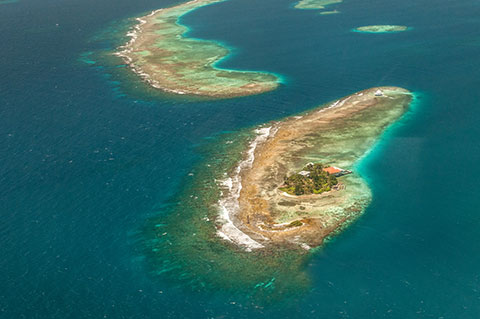A large part of the world’s oceans is changing color as a result of global warming.
In the last 20 years, 56% of the world’s sea surface has undergone a color change due to ongoing global warming. Analysis of Moderate Resolution Imaging Spectroradiometer (MODIS) data allowed scientists to discover that the ocean is becoming greener. The research was led by B. B. Cael, senior scientist at the UK National Oceanography Centre.
Photosynthesizing microscopic organisms, phytoplankton, are abundant in near-surface waters and are essential to the aquatic food web and carbon cycle. This change in water tone confirms a trend predicted with climate change and shows changes in the world’s marine ecosystems, which cover 70% of the planet.
Some climate models had already predicted oceans color change; however, it was estimated that 30 to 40 years of data were needed to detect it using satellite-based chlorophyll estimates.
What is the reason for the greenish color of the oceans?
It is still difficult to say which ecological changes are responsible for the new shades. But some authors point out that they could be the result of the various assemblages of plankton, detrital particles, or other organisms such as zooplankton. However, according to Cael, the changes are unlikely to stem from materials such as plastic or other contaminants. Since they are not widespread enough to be registered on a large scale.
What is a fact is that the oceans has become even more stratified over the last 20 years. Surface waters absorb excess heat from global warming and, consequently, do not mix with deeper, nutrient-rich layers. This favors plankton that are adapted to a nutrient-poor environment.
The areas that have changed color are aligned with the most stratified parts of the sea. But there is no overlap with sea surface temperature changes.
Finally, the Universidad Internacional Iberoamericana (International Iberoamerican University) (UNIB) offers the Master in Environmental Management and Audits.

